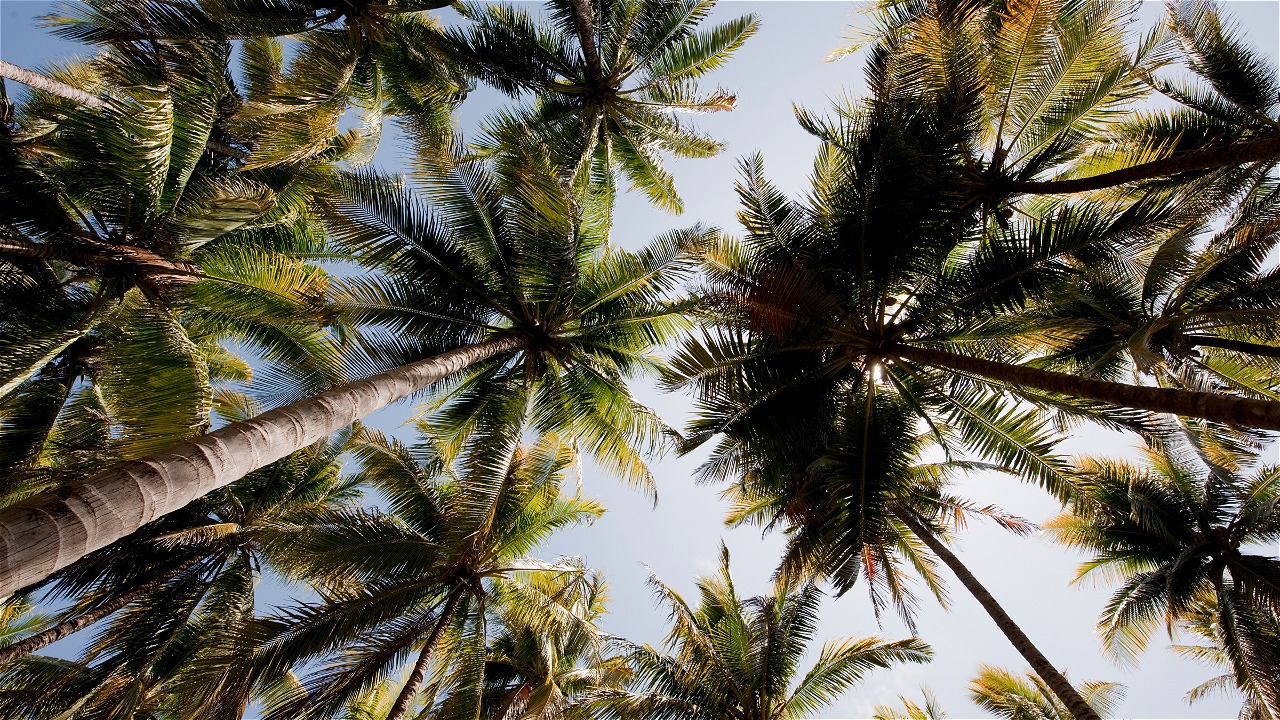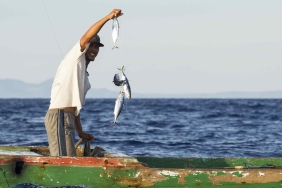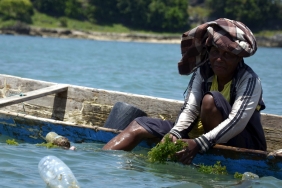GETTING TO KNOW SARANO WALI, THE WAKATOBI CUSTOMARY SYSTEM (1)
Authors: Rinto Andhi (Social Development Coordinator) and Sadar (Marine Conservation Outreach and Awareness Officer), WWF-Indonesia Program Southern Eastern Sulawesi Subseascape/SESS
"Atumauri lu'uno mata'u, i lawano hate'uo cirino hanci'u, jasadhi'u, rohi'u, asomo tolu mingku we'eli no koramba, pato mea karonto mai kala'a, pato mea karopu kasoka, pato mea hakekati toba, rike'enomo asomo nipindandai-nto". Meaning that I leave my tears, at the door of my heart, on the drops of my sweat, my body, my soul, for, three moral actions, consisting of: four sources of justice and righteousness, four sources of destruction, four sources of the essence of repentance, that is for our guidance.
(Philosophical Foundation of Sarano Wali)
That's the Wakatobi Islands, a National Park conservation area at the heart of the world's coral triangle and boasting high marine biodiversity. Not only that, various ethnic groups live in the archipelago. There are at least three dominant ethnicities in the Wakatobi Islands: Cia-cia, Mbeda-mbeda, and Bajo. The three ethnicities are part of the people who have long settled in the Wakatobi Islands, even before the Republic of Indonesia was born.
The three ethnicities are inseparable from nature, both as a source of daily livelihood and culture inherent in their social system. The relationship between nature and society builds their perspective so that the roots of maritime culture are formed in the pattern of community activities. One of the maritime cultures that still exists and runs today is the customary area of sara. Sara is a customary institution and value system that is currently still lived and adhered to by the community. Of the many sara systems, Sarano Wali is one of the effective saras with the observance of its customary rules. (Read also Reinforcing Sarano Wali on Binongko Island, Wakatobi)
Why Sarano Wali?
Sarano Wali is the system of existence of the Cia-cia ethnic group in Wakatobi who inhabit parts of Binongko Island. Binongko Island is the furthest island in Wakatobi Regency and is known as Iron Clever Island, because some of the people on the island are (empu) makers of iron knives and machetes. The barren structure of the islands, composed of coral reefs, makes the people very wise to nature. One of the wisdoms of the Cia-cia ethnicity in managing and preserving their nature is by organizing nature through kaombo.
Kaombo is a customary institution that is adhered to and still practiced by the Cia-cia ethnicity in Binongko. Literally, kaombo means forbidden-meaning that there is a prohibition on taking something that is not rightfully theirs, and if violated, there will be sanctions, both sanctions for violating kaombo prayers and customary sanctions. There are two categories of kaombo: personal and customary. is more attached to customary or communal property rights, such as customary forests, mangroves, and coastal areas. A person is prohibited from taking or extracting resources in customary territories for personal use. Customary ownership resources have a social function as customary property and are used for customary and public interests. In Sarano Wali there are at least three customary governance of kaombo, namely kaombo private, kaombo protected forest, and kaombo coastal.
What is an Indigenous-based Resource Management AreaD?
Coastal customary management areas are social systems that combine ecosystem regulation to maintain biodiversity, cultural values of local communities, and binding institutions that are formed, agreed upon, and implemented jointly by the community.
There are currently two trends in community governance in supporting the implementation of management and protection of the area for resource sustainability (Kothari, 2008). The two trending model concepts are Collaborative Management of Protected Areas (CMPA's) and Indigenous Peoples' and Community Conserved Territories and Areas (ICCA's).
(continued)





